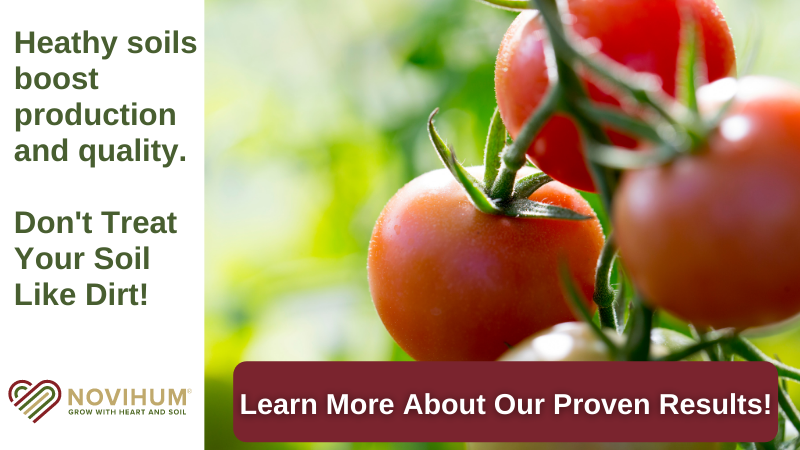The Flavor Dilemma When Comparing Apples To Greenhouse Tomatoes
What is the one thing people complain about with tomatoes more than anything else? This applies to greenhouse-grown as well as high tunnel and field-grown tomatoes.
It is, of course, the flavor dilemma. People want to know why tomatoes just don’t meet expectations for taste.
Sometimes the problem is more like “Why don’t tomatoes taste like they used to?” This one is a little hard to objectively analyze, because we don’t have any tomatoes from this person’s childhood to compare new varieties to.
But, even if we can dismiss the comparison with tomatoes from our childhood, there’s still the problem of comparing today’s commercial varieties with those from the home garden. I don’t think there’s a home gardener anywhere who would say that the tomatoes bought in stores taste better than home grown.
Why is that? Certainly there may be bias involved. “Mine are better than yours” applies to lots of things, but bias cannot account for all of the differences in flavor.
The Focus Is On Yield
Part of the problem must be due to breeding programs over the years. The No. 1 priority on produce in general has been yield per acre. We sell most produce by the pound. To maximize profits, commercial growers must produce as many pounds per acre as possible to generate the most revenue.
We must give a lot of credit to breeding programs in this regard. All of our agronomic crops as well as edible horticultural crops produce excellent yields in comparison to decades ago.
There are traits breeders incorporate into new varieties that we should be thankful for. We have superior disease resistance, better plant architecture, higher harvest indices, improved harvest windows for fresh and processed vegetables, and so many other factors.
Flavor, however, is a real problem. This is why so many people are demanding heirloom tomatoes from farmers’ markets, roadside stands, and local stores. People crave that old-time flavor. And we have more and more small growers raising heirlooms — in greenhouses, high tunnels, and in the field.
Sure they don’t get the high yields and disease resistance of newer commercial determinate hybrids. What they do get, however, is a loyal customer base willing to pay a lot more per pound for good-tasting tomatoes.
The Story Behind Apples
Let’s look at apples for a minute. Washington State is the largest producer of apples in the country. They have been growing apples since the early 1800s and now have more than 175,000 acres of apple production.
Going by sales figures, the most prevalent apple in the U.S. is the Red Delicious. It has dominated the market for more than 70 years, making up 30% of all apples grown in Washington State, but accounting for 48% of all apples exported to other countries.
So, what’s wrong with this picture? Red Delicious, in my opinion, is a disappointment in flavor. It has been selected for dark-red color and elongation, and it excels in being red and long. Inside the peel is where it is all wrong.
Across the U.S. our orchards produce more than 50 million bushels of this variety. So, even though this may be the least desirable variety in the U.S., we send millions of them overseas.
Where are they all going? Most of them end up in Southeast Asia. China is now the largest apple-growing country in the world. In China, they really like the bright-red color of Red Delicious, so they continue to buy them up in addition to growing their own apples.
An Abundance Of Apples
There are so many apples that are so much superior. We have Gala, Jonathan, Empire, Jonagold, Rome, Granny Smith, Braeburn, Fuji, and Honeycrisp just to name a few. Heck even the Golden Delicious is a fine apple, and it is both golden and delicious. Maybe China has not tried these better-tasting varieties.
How many apple varieties are there? Some estimate there are more than 7,500 apples worldwide. Of course only a small subset of these are grown in the U.S. When I lived in the Northeast, my favorite varieties were Macoun, Cortland, and McIntosh. Those are not so available in the South, but lots of other good ones are easy to find.
Perhaps the Red Delicious was a great apple for most of the 1900s, but it’s a new generation and there are so many better varieties now. Why? Because people demanded better quality apples. In the later part of the 1900s, some great apple varieties were produced that are excellent.
Tomato growers, listen up. Let’s focus more attention on flavor and de-emphasize yield — for now.











